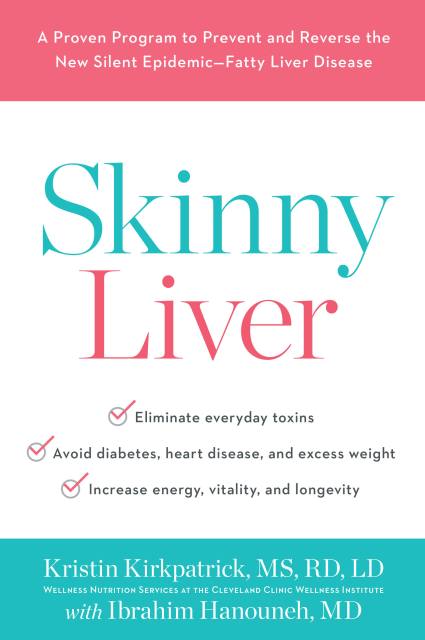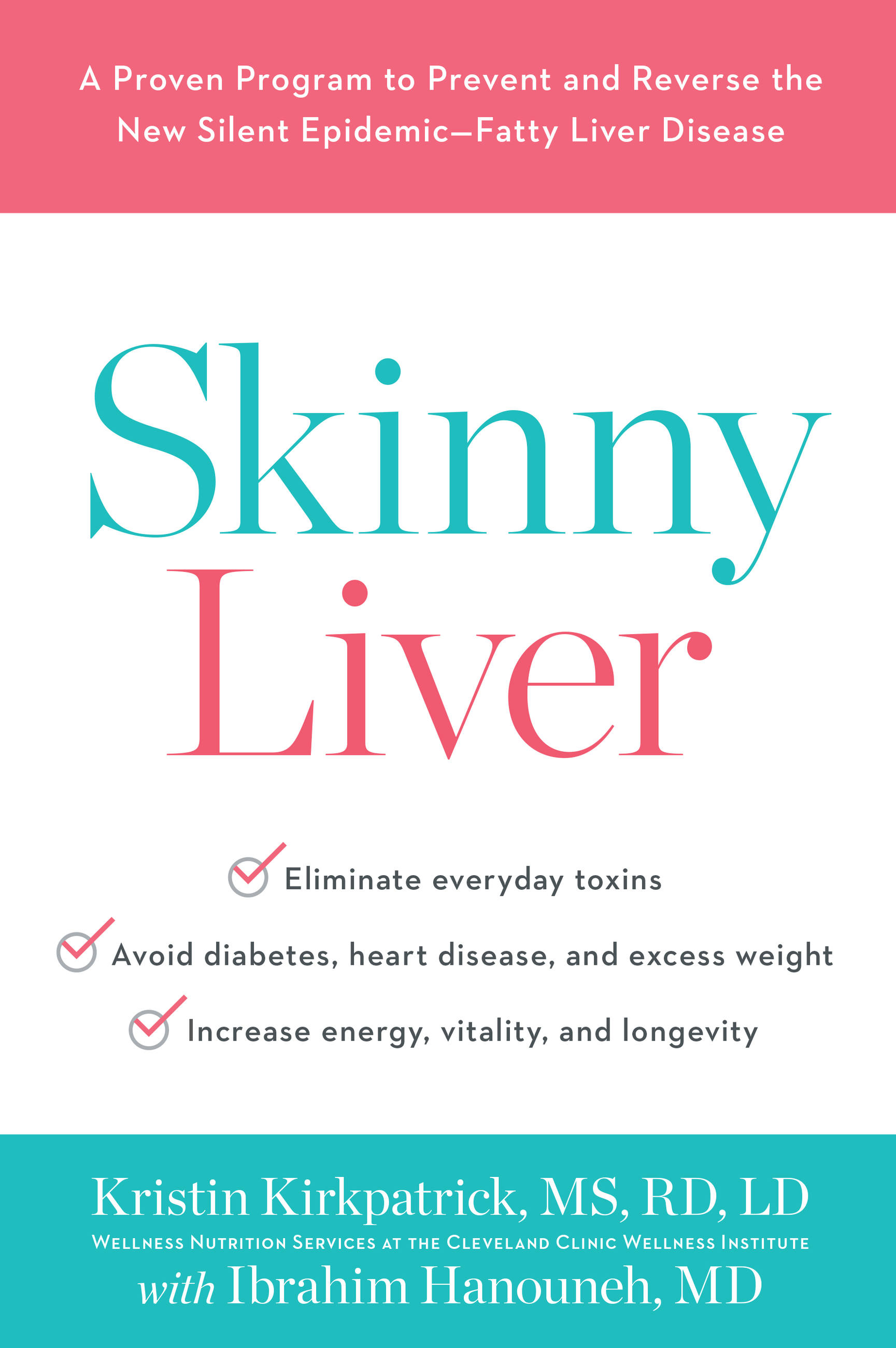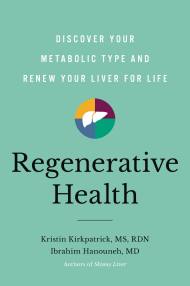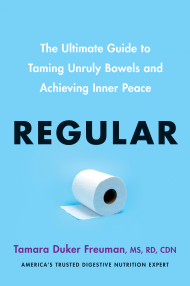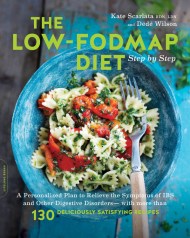By clicking “Accept,” you agree to the use of cookies and similar technologies on your device as set forth in our Cookie Policy and our Privacy Policy. Please note that certain cookies are essential for this website to function properly and do not require user consent to be deployed.
Skinny Liver
A Proven Program to Prevent and Reverse the New Silent Epidemic-Fatty Liver Disease
Contributors
By Kristin Kirkpatrick, MS, RD, LD
By Ibrahim Hanouneh, MD
Formats and Prices
Price
$9.99Price
$13.99 CADFormat
Format:
- ebook $9.99 $13.99 CAD
- Trade Paperback $17.99 $22.99 CAD
This item is a preorder. Your payment method will be charged immediately, and the product is expected to ship on or around January 24, 2017. This date is subject to change due to shipping delays beyond our control.
Also available from:
The liver is the seat of our overall health and wellness and the health of nearly every organ is intimately connected with our liver. A healthy liver is essential to a fully functioning body, but our modern sedentary lifestyle and unhealthy eating habits can truly damage the liver — and damage our health overall.
A silent health crisis is impacting one-third of the American population — nonalcoholic fatty liver disease (NAFLD). Because its symptoms often don’t manifest until the liver is seriously compromised, many people are not aware that they are at risk. Did you know that if you have fatty liver disease, you are more likely to develop cardiovascular disease (heart attack and stroke), and potentially several devastating conditions such as liver cirrhosis and liver cancer? Did you know that fat is as dangerous as alcohol to the liver?
Award-winning dietitian Kristin Kirkpatrick and hepatologist Dr. Ibrahim Hanouneh have teamed up for a life-changing program that will help you achieve optimal health. Skinny Liver‘s four-week program shares the steps you can take to get your liver health back on track, with everything from exercise to healthy eating and other lifestyle changes–along with delicious liver-friendly recipes.
- On Sale
- Jan 24, 2017
- Page Count
- 304 pages
- Publisher
- Da Capo Lifelong Books
- ISBN-13
- 9780738219172
Newsletter Signup
By clicking ‘Sign Up,’ I acknowledge that I have read and agree to Hachette Book Group’s Privacy Policy and Terms of Use
